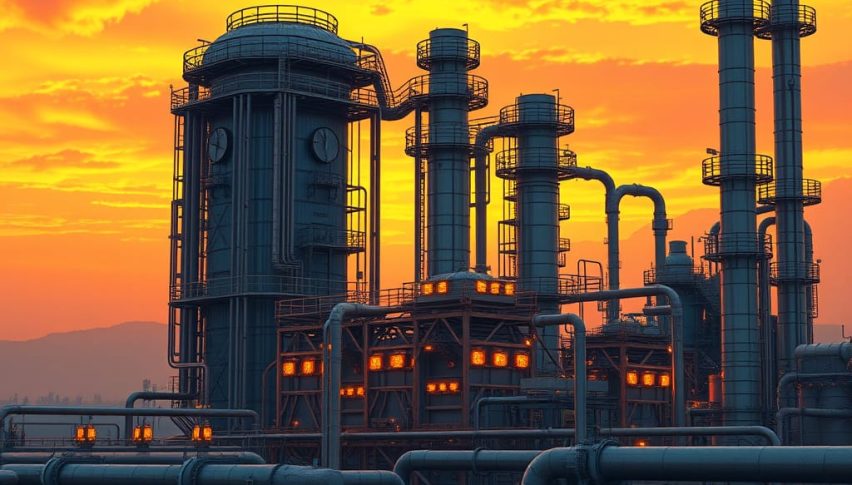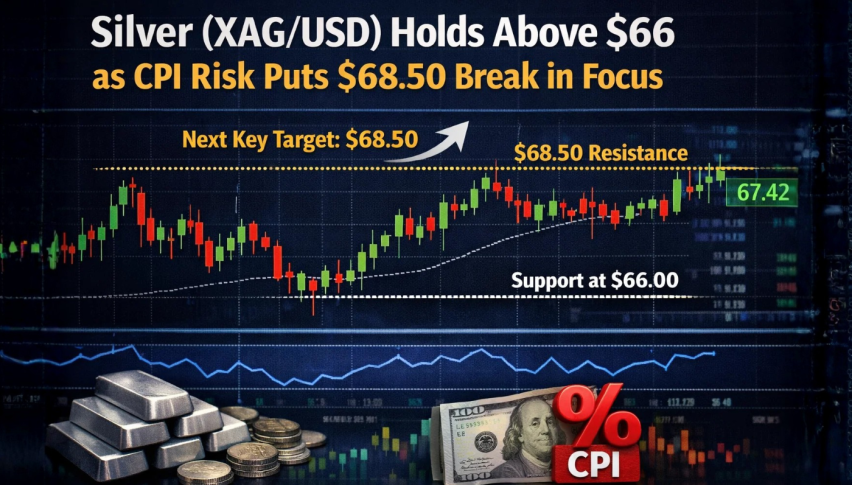Natural Gas Falls from Peak as Demand Weakens
Gas prices have fallen recently as stocks increase and demand remains relatively muted during the start of the summer months.

Quick overview
- Natural gas futures have dropped 19% from a recent high of $4.11, currently sitting at $3.30.
- High supplies and decreased demand amid localized heat waves are contributing to the falling prices.
- Air conditioning usage remains low, with demand expected to rise later in July.
- European gas prices are also declining, reflecting the ample supply despite recent geopolitical tensions.
After hitting $4.11 last week, natural gas futures are down 19%, losing nearly 3.5% on Tuesday alone as the demand for natural gas lessens amid summer heat.

Supplies of natural gas are high at the moment, with weeks of impressive injections into gas reservoirs, and at the same time, there is a decreased demand for gas, leading to a falling market price. Down to $3.30 from its recent high of $4.11, Natural Gas (NGQ5) are at a one-week low.
The price is about on par with where it has been for the last three months, however, and it is slightly below the average for the entirety of 2025. The price shot up recently as a peace agreement was reached in the Middle East between Israel and Iran, but the combined problems of oversupply and limited demand are making it hard for investors to see profits right now.
Heat Wave Only Necessitates Limited Reserves
While a heat wave is hitting some areas of the United States and India, this is a fairly localized phenomenon, and it may not warrant pulling much of the gas reserves to provide air conditioning for these affected areas. Parts of the United States reported some of their hottest summer temperatures ever, but others have reported colder than usual temperatures.
The localized heat wave is not enough to dip deeply into the massive supplies of natural gas, leaving the price relatively low for now. We may not see an extended price increase until winter sets in.
The seasonal trends indicate a bearish movement for natural gas, limiting its demand for the coming months. Air conditioning usage is still low and will not reach its peak until further in July, meaning that the demand for gas could increase in the next few weeks.
Gas prices in Europe are retreating as well, in line with U.S. prices. The numbers indicate the supply is plentiful, even with the weeks of fighting in the Middle East now coming to an end. Strategic military strikes in that region targeted nuclear missile bases and energy stations rather than oil reserves, keeping global oil and gas supplies high.
- Check out our free forex signals
- Follow the top economic events on FX Leaders economic calendar
- Trade better, discover more Forex Trading Strategies
- Open a FREE Trading Account


